Judge's Failure to Exclude Juror Who Knew Witnesses Ruled as Error
The New York Law Journal by Joel Stashenko - December 16, 2011
ALBANY, NY - A judge erred by not granting a for-cause challenge to seating as a juror the local police chief's wife, who acknowledged knowing eight of 14 witnesses the prosecution planned to call, the state Court of Appeals decided yesterday. The Court unanimously ruled that the potential juror's assurances to Oswego County Court Judge Walter W. Hafner Jr. were insufficient to guarantee her impartiality in the trial of defendant Scott C. Furey. Mr. Furey was convicted in 2009 of multiple counts in connection with the kidnapping of his former girlfriend. He was sentenced to 51/2 years in prison and five years of post-release supervision. Judge Hafner denied a for-cause challenge to seating as a juror the wife of Oswego City Police Captain James Comerford. That forced the defense to use a peremptory challenge to remove her from the panel. The Court in People v. Furey, 234, said the trial judge's decision ran counter to the so-called "implied bias" standard of challenging jurors for cause spelled out in Criminal Procedure Law 270.20[1][c]. That statute provides that a juror's pre-existing relationship with a potential witness is a possible basis for a for-cause challenge if it is "likely to preclude [the prospective juror] from rendering an impartial verdict." CPL 270.20[1][c] requires automatic exclusion from jury service "regardless of whether the prospective juror declares that the relationship will not affect her ability to be fair and impartial," Judge Victoria A. Gruff wrote for the panel, citing the Court's decision in People v. Branch, 46 NY2d 645 (1979). Kathleen Comerford's familiarity with eight prosecution witnesses—seven police officers and an assistant district attorney—"satisfied the implied bias standard" under CPL 270.20[1][c], the Court said. "Although Mrs. Comerford offered unequivocal assurances of impartiality, those declarations were ineffective in a case like this because there was a considerable risk that she could unwittingly give undue credence to the witnesses she knew and her service would give rise to the perception that defendant did not receive a fair trial," Judge Graffeo wrote. "It was therefore an abuse of discretion as a matter of law to deny defendant's challenge for cause." The Court noted that a juror's familiarity with witnesses does not always justify a challenge for cause. It cited cases, including People v. Colon, 71 NY2d 410 (1988), in which prospective jurors who have relatives in law enforcement, but none testifying in the pending case, have not been subject to a challenge for cause. "The frequency of contact and nature of the parties' relationship are to be considered in determining whether disqualification is necessary," the Court said. Chief Judge Jonathan Lippman and Judges Carmen Beauchamp Ciparick, Susan Phillips Read, Robert S. Smith, Eugene F. Pigott Jr. and Theodore T. Jones Jr. concurred. Mr. Furey's attorney used a peremptory challenge to exclude Ms. Comerford and ultimately exhausted his allotment of 15, the Court noted. Mr. Furey was convicted of second-degree kidnapping, second-degree burglary and other charges in connection with the May 2008 abduction of his ex-girlfriend that started in the city of Oswego and ended in the Rochester suburb of Webster. Authorities say Mr. Furey also punched the woman and threatened to kill her. According to court papers, Captain Comerford dispatched the two Oswego officers who retrieved Mr. Furey from Webster. The Court's ruling reversed a decision by the Appellate Division, Fourth Department, in People v. Furey, 77 AD3d 1357 (2010), which had concluded that "it cannot be said" that Ms. Comerford was "inherently biased" because she knew a number of the police witnesses. Gary Muldoon of Muldoon & Getz in Rochester represented Mr. Furey. Mr. Muldoon said he is "very, very pleased" with the ruling. "The decision reiterates what a judge must do where implied bias is shown," he said. "An expurgatory oath is not enough. The prospective juror must be discharged." Assistant Oswego County District Attorney Michael G. Cianfarano represented the prosecution. Oswego County District Attorney Donald H. Dodd did not return a call yesterday seeking comment. Mr. Furey, 41, is in the maximum-security Coxsackie Correctional Facility. He is first eligible for release on parole in January 2014 under his current sentence. Joel Stashenko can be contacted at jstashenko@alm.com.
MLK said: "Injustice Anywhere is a Threat to Justice Everywhere"
End Corruption in the Courts!
Court employee, judge or citizen - Report Corruption in any Court Today !! As of June 15, 2016, we've received over 142,500 tips...KEEP THEM COMING !! Email: CorruptCourts@gmail.com
Most Read Stories
- Tembeckjian's Corrupt Judicial 'Ethics' Commission Out of Control
- As NY Judges' Pay Fiasco Grows, Judicial 'Ethics' Chief Enjoys Public-Paid Perks
- New York Judges Disgraced Again
- Wall Street Journal: When our Trusted Officials Lie
- Massive Attorney Conflict in Madoff Scam
- FBI Probes Threats on Federal Witnesses in New York Ethics Scandal
- Federal Judge: "But you destroyed the faith of the people in their government."
- Attorney Gives New Meaning to Oral Argument
- Wannabe Judge Attorney Writes About Ethical Dilemmas SHE Failed to Report
- 3 Judges Covered Crony's 9/11 Donation Fraud
- Former NY State Chief Court Clerk Sues Judges in Federal Court
- Concealing the Truth at the Attorney Ethics Committee
- NY Ethics Scandal Tied to International Espionage Scheme
- Westchester Surrogate's Court's Dastardly Deeds
Thursday, April 12, 2012
Judge's Failure to Exclude Juror Who Knew Witnesses Ruled as Error
Subscribe to:
Post Comments (Atom)
Blog Archive
-
▼
2012
(320)
-
▼
April
(91)
- Attorney-Prosecutor Plays Sex-Abuse Politics
- Attorney-Prosecutors Playing Politics, Public Not ...
- Judge Says Sentence Appears 'Vindictive'
- Federal Judge Has Never Seen Such a 'Botched Situa...
- Manhattan DA Vance Examining Top Legal Wrongdoing
- The 'Secret' American Laws You Have to Pay to See
- States with the Most Lax Anti-Corruption Laws
- Former NYS Lawyer Sentenced for Making Racist Calls
- A Legal Perspective: 'You Have to be Kidding'
- Meaningless Judicial Meetings Planned
- Citing Judge's 'Disdain' for Defendant, Panel Corr...
- Lawyer Pleads Guilty to Fraud After Targeting FBI ...
- State Appeals Court Judge Arrested on DUI Charges
- Attorney's Flagrant Disregard for Clients Gets Rep...
- Battle Over Accurate Court Docs Continues
- Judge Corrects "judge's" Student Loan Decision
- Disbarred NY Lawyer Faces NJ Charges of Forging Cl...
- Attorney Arrested for Recording Cops in Public Rec...
- Walmart Scandal Points to U.S. Corruption Hypocrisy
- First Ever Bid to a Remove Alaska Judge
- Judge Will Not Reinstate Suspended Sheriff
- Big Corp's Issues With Corrupt Judges....Outside U.S.
- Corrupt Minority Holds Honorable Legal Ethics Hostage
- Lawyer's 'Outrageous' Conduct Leads to $10,000 San...
- 4 Top Appellate Division Justices to Meet in Secret
- Law Firm Hit With $45 Million Malpractice Suit
- Law School Did Not Mislead Students, Judge Finds
- Bank Fraud Attorney Gets Law License Yanked
- Former Law Student Indicted For Break-In
- Lawyer Among Three Mortgage Loan Officers Who Plea...
- Email-Hacking Attorney Barred From Using Computer ...
- Court Cuts Homeowner's Debt, Says Bank's Lawyers A...
- The Scam of Immunity Grows
- Man Offers Judge $100,000.00 to Sway Grand Jury Mu...
- Judge Wannabe Arrested for Records Tampering, Nast...
- Judge Finds District Attorney's Interview Tactics ...
- Family Court Secrecy Continues as Lawyers Circle
- ‘Best’ Attorneys Money Can Buy
- Retaliation and Civil Rights Violations Are Alive ...
- New Twist in Ambulance-Chasing: Lawyers Clog Court...
- Special Prosecutor Possible in Judicial Misconduct...
- Lawyer Convicted For Phony Docs
- Police Investigate Reported Hostage at Law Office
- Why Are Federal Courts Silent on Law Enforcement T...
- New York Judge Fines Himself
- Chief Judge Finally Addresses Foreclosure Fiasco
- Perfect Example of NY's Corrupt Court System's Cri...
- Editorial Asks, "Is This Judge a 'Criminal Justice...
- Judge Arrested for Taking Pics of Man at Urinal
- Judge Arrested for Shoving Deputy
- Federal Court Rules Workers Have No 1st Amendment ...
- Judges Press Claim for Retroactive Pay Based on 20...
- Lippman Indicted in Alleged Bank and Election Frauds
- New York: The Retaliation Capital of the World - '...
- Former Top Prosecutor Disbarred for 'Defiled Publi...
- Judge Reprimanded For Ordering Release of His Son
- Judge's Failure to Exclude Juror Who Knew Witnesse...
- Judge Fines Attorney $500 For Premeditated, Blatan...
- Federal Court Holds New York State 'Responsible Fo...
- New Foreclosure Rules Conveniently Ignore Attorney...
- 'Hero Judge of the Day' Sanctions Prosecutor for M...
- Silent On Big Corruption, Newspaper Realizes 'Corr...
- Bring the Justices Back to Earth With Term Limits
- Background on Quitting Judge: Insight Into a Dysfu...
- Though a Career Insider, Judge Poised to Make His ...
- Judge Abruptly Quits, Walks Off Bench at Lunchtime
- Lawyers or Grave Robbers? - Make Inheritance Law W...
- Court Commissioner Admonished for Belittling Famil...
- Governor Misses Opportunity To Address Judicial Et...
- Ineffective Assistance of Counsel Leaves High Cour...
- Lawyer Involved in Mortgage Fraud Among 8 Disbarre...
- Judge Karen Peters to Lead Third Department Appell...
- Nursing Home Lawyer-Owner is Convicted of $33 Mill...
- Attorney Imprisoned for Insider Trading Is Disbarred
- Attorney Pleads Guilty to Running Immigration Mill
- Federal Judge Slashes Fees in 'Production Mill' De...
- Ethical Bank Attorneys Still Missing In Action - W...
- Corrupt Court System Adopts Laughable Hiring Rules
- Federal Judge Allows Pro Se Suit Over Government H...
- Suffolk Lawyer Is Accused of Mortgage Fraud
- Corrupt Ethics Committee Issues Report on Selectiv...
- Corrupt Judge Anthony Scarpino Signs-Off on Astor ...
- Federal Judge Shines Light On Buying Influence
- Panel Cites Town Justice for Out-of-Court Conversa...
- Court Rejects Bid to Halt Pay Increases for Judges
- Justice is a Bigger Gamble Than a Lottery
- Feds Expanding Probes in Foreclosure Frauds
- Federal Prosecutor Says 'The Fix Was In' in Judici...
- Judicial Bribery Scandal Back in the News
- The U.S. Supreme Court Defines Itself
- N.J. Constitution Allows Changes to Judges' Benefits
-
▼
April
(91)
See Video of Senator John L. Sampson's 1st Hearing on Court 'Ethics' Corruption
The first hearing, held in Albany on June 8, 2009 hearing is on two videos:
Video of 1st Hearing on Court 'Ethics' Corruption
The June 8, 2009 hearing is on two videos:





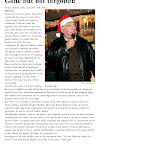

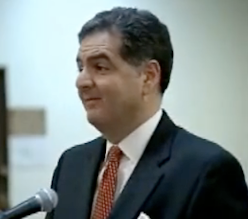
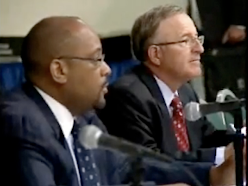
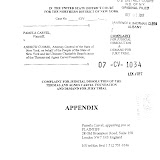
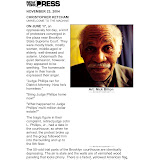

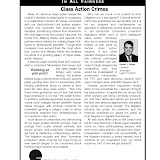

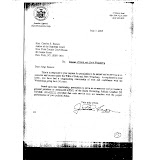
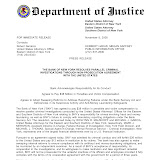
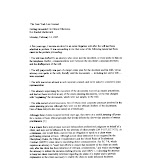

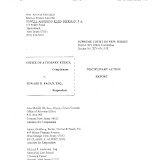
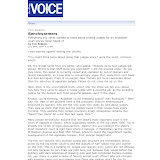

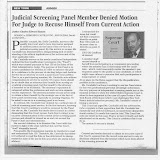

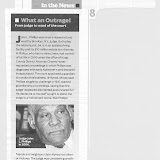
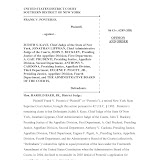
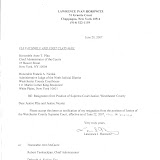
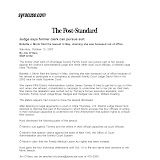
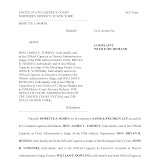

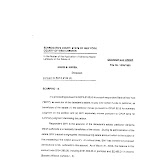
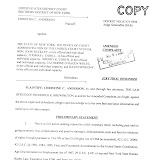
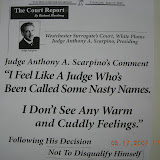
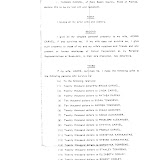
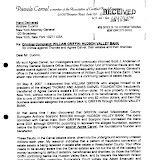
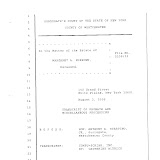
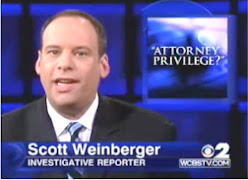
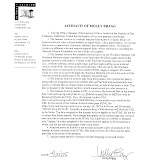

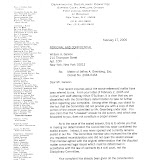
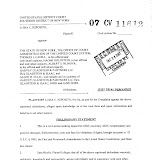
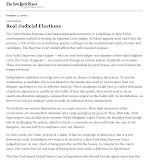
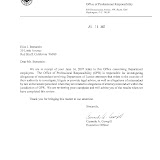
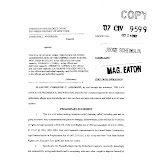
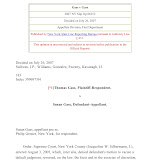
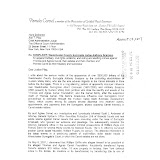

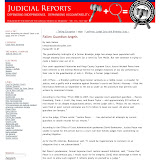
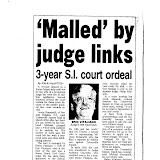

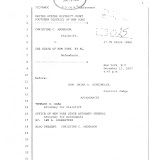
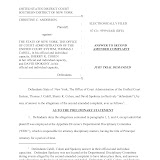
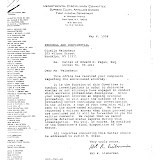
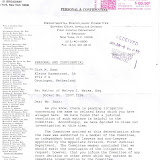
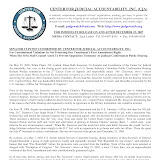

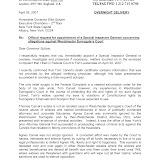
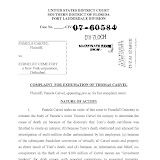
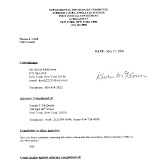
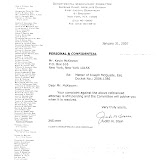
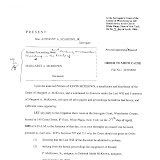
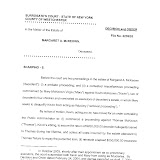
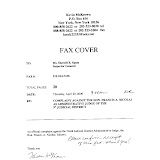
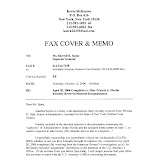
3 comments:
The fix was in, so it didn't really matter anyway. Due Process means little in New York State. It always helps when the person being denied due process is a piece of scum, though.
Rare as hen's teeth in NY. An honest judge.
The guy is guilty and he's a scumbag. One juror doesn't make a difference. I read somewhere else that he's known for abusing women and one has been hiding from him for 18 years. He's a ticking time bomb. What does he do a few months after getting out? He was arrested for a dwi on march 17, 2012. He's still out breaking the law. What a lost cause loser.
Post a Comment